This image shows a picture of a whale's tail sticking out of the water. Whales can often be identified by their tail features.
Click on image for full size
Windows Original, adapted from Corel Photography
Whales
Whales are the biggest animals known. The blue whale can reach 80 feet long! Even though they are huge, whales are usually friendly. It is people who are a threat to whales.
Whales strain plankton from the sea or they eat fish. Killer whales do eat squid and sometimes seals and otters too.
Whales make lots of noises. We call them whale songs. One song may last as long as 35 minutes. Try holding a note for that long!
You might also be interested in:
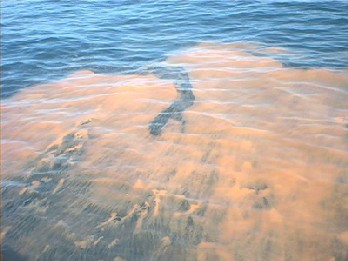
Sometimes things that are very small can be very scary! Plankton that live in the sea are very small but some of them can be dangerous to people, fish and other animals. So, scientists have made robots
...more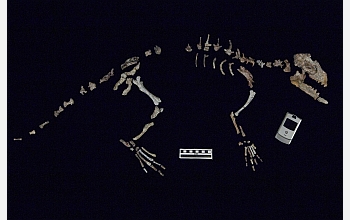
Scientists have known for a long time that whales, the largest marine mammals, have distant relatives that lived on land millions of years ago. A team of scientists has been searching for fossils to better
...more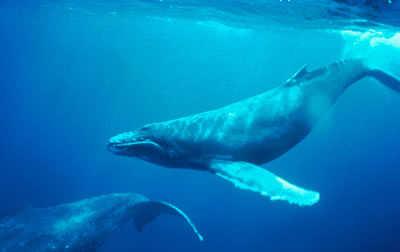
The open ocean is the largest area of the marine ecosystem. It reaches from coasts to the middle of the ocean. The living things that survive in the open ocean need to have a way to float or swim in ocean
...more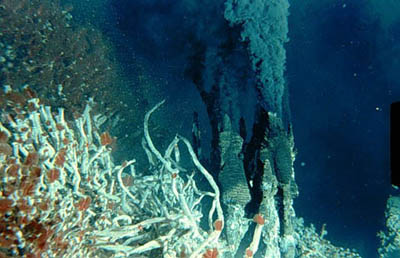
The deep ocean can be a difficult place to live.† The water is very cold and itís always dark there. Sunlight can not get down that far. Itís not always easy to find food. For some animals, food comes
...more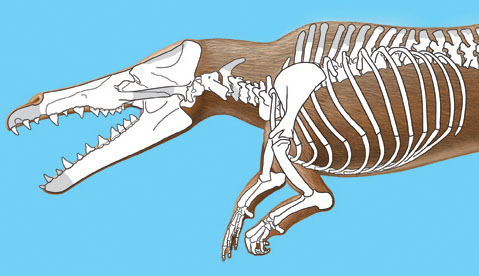
Scientists discovered two fossil whales in 2000 and 2004 in Pakistan. They dug up the fossils, transported them back to labs, cleaned off the fossils and then worked on the fossils for a few years. Their
...more
Jupiter's atmospheric environment is one of powerful winds, going 250 miles per hour, and temperatures from -270 degrees to +32 degrees (freezing temperature). These winds make it hard for life forms to
...more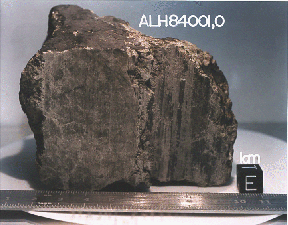
In July, 1996 a team of scientists said that they had discovered possible fossils of bacteria in a meteorite named ALH84001 that came from Mars. It was found in Antarctica in 1984 after having landed there
...more















